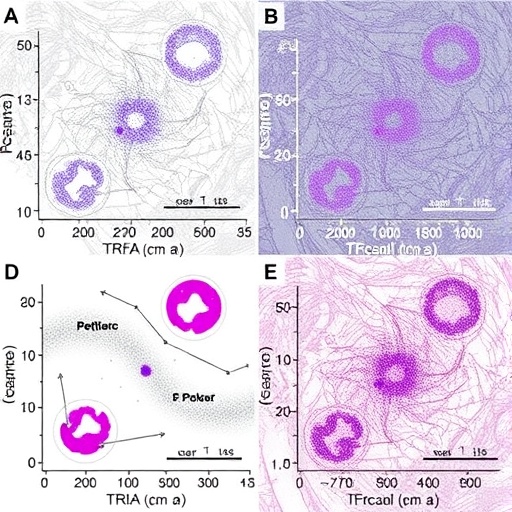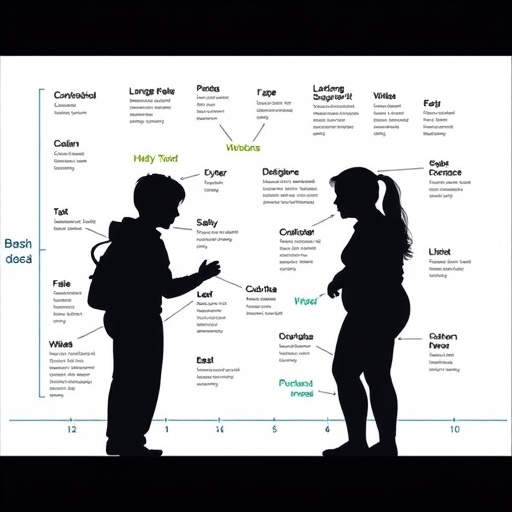Groundbreaking peer-reviewed study analyzes health and economic impacts of widespread chemical contamination from agriculture
WASHINGTON – Nitrate pollution of U.S. drinking water may cause up to 12,594 cases of cancer a year, according to a new peer-reviewed study by the Environmental Working Group.
For the groundbreaking study, published today in the journal Environmental Research, EWG scientists estimated the number of cancer cases in each state that could be attributed to nitrate contamination of public water systems, largely caused by farm runoff containing fertilizer and manure. They also estimated the costs of treating those cases at up to $1.5 billion a year.
“Nitrate contamination of drinking water is a serious problem, and especially severe in the nation’s farm country,” said Olga Naidenko, Ph.D., EWG senior science advisor and one of the study’s authors. “Now, for the first time, we can see the staggering consequences of this pollution.”
The current federal drinking water standard for nitrate, set in 1962, is 10 parts per million, or ppm. Yet several well-regarded epidemiological studies have linked nitrate in drinking water with cancer and other serious health issues at levels less than one-tenth of the legal limit. Earlier this year, the Environmental Protection Agency suspended plans to reevaluate its outdated nitrate standard.
Four-fifths of EWG’s estimated cases were occurences of colorectal cancer, with ovarian, thyroid, kidney and bladder cancer making up the rest. Nitrate in tap water has also been linked with serious neonatal health issues. EWG estimated that nitrate pollution may be responsible for as many as 2,939 cases of very low birth weight; 1,725 cases of very preterm birth; and 41 cases of neural tube defects.
“Millions of Americans are being involuntarily exposed to nitrate, and they are also the ones paying the heavy costs of treating contaminated tap water,” said Alexis Temkin, Ph.D., a toxicologist at EWG and primary author of the study. “But the federal government is not doing enough to protect Americans from tap water contamination.”
EWG scientists estimate the level at which there would occur no adverse health effects from nitrate in drinking water to be 0.14 milligrams per liter – equivalent to parts per million. That level, 70 times lower than the EPA’s legal limit, represents a one-in-one-million risk of cancer.
###
The Environmental Working Group is a nonprofit, non-partisan organization that empowers people to live healthier lives in a healthier environment. Through research, advocacy and unique education tools, EWG drives consumer choice and civic action. Visit http://www.
Media Contact
Sarah Graddy
[email protected]
https:/




